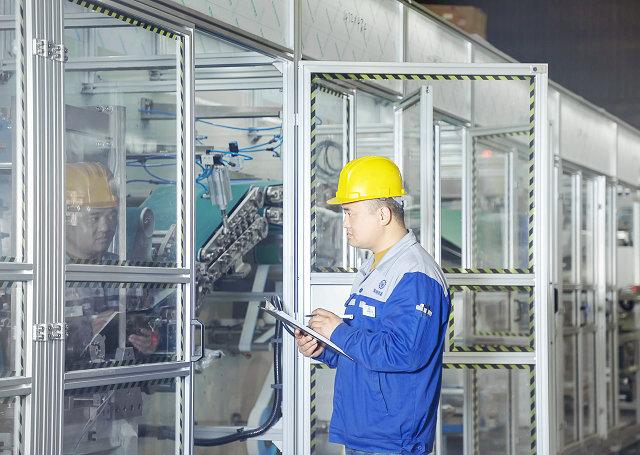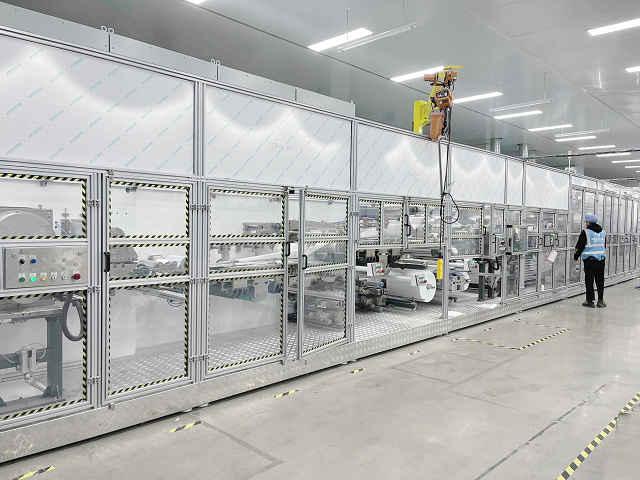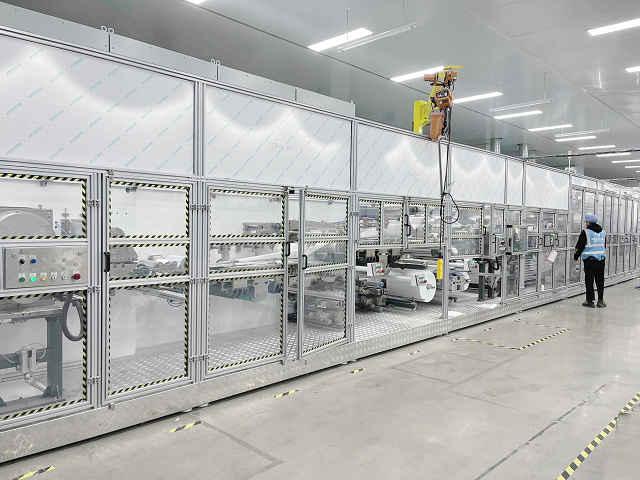Author:Haina Machinery Factory FROM:Diaper Machinery Manufacturer TIME:2025-01-01
Diaper waste management is a significant environmental concern, especially with the increasing use of disposable diapers worldwide. The production, use, and disposal of these products contribute to landfill overflow and pollution. However, advancements in diaper manufacturing technology, particularly diaper machines, are playing a crucial role in addressing these challenges. This article explores how diaper machines influence diaper waste management, their impact on sustainability, and the potential for reducing environmental harm.

Diaper machines are designed to streamline the manufacturing process of disposable diapers. By automating various stages of diaper production, these machines increase efficiency and reduce resource consumption. For instance, modern diaper machines can produce a higher volume of diapers in a shorter time frame, which minimizes energy usage and waste associated with slower production methods. This efficiency not only lowers the carbon footprint of the manufacturing process but also helps meet the growing demand for disposable diapers without over-extracting raw materials.
One of the critical advantages of advanced diaper machines is their ability to optimize material usage. These machines are equipped with sophisticated technology that allows for precise cutting and shaping of materials, reducing excess fabric and other components that would typically be discarded as scrap. By minimizing material waste during production, diaper machines contribute to a more sustainable manufacturing process, ultimately decreasing the volume of waste that enters landfills.

The evolution of diaper machines also coincides with innovations in biodegradable materials. Many manufacturers are now exploring eco-friendly options that decompose more easily than traditional plastic-based diapers. Modern diaper machines can adapt to these new materials, allowing for the production of environmentally friendly diapers without compromising quality. This shift not only helps manage diaper waste more effectively but also encourages consumers to choose sustainable options, further reducing environmental impact.
Recycling is a vital aspect of waste management, and diaper machines are increasingly being integrated into recycling facilities. These machines can process used diapers, separating absorbent materials from non-biodegradable components. By enhancing the recycling capabilities of diaper waste, these machines play a crucial role in diverting waste from landfills and enabling the recovery of valuable materials. This process not only reduces overall waste but also supports a circular economy where materials are reused rather than discarded.
Another essential factor in effective diaper waste management is consumer awareness. Diaper machines help manufacturers produce educational materials and campaigns that inform consumers about proper disposal methods. With many consumers unaware of the environmental impact of disposable diapers, companies can utilize data gathered from diaper machine production to create targeted educational programs. By raising awareness about responsible disposal, manufacturers can encourage consumers to participate in waste reduction efforts.
Despite the advancements brought about by diaper machines, several challenges remain in effective diaper waste management. The sheer volume of diapers produced and disposed of daily continues to strain waste management systems. Furthermore, not all regions have access to appropriate recycling or disposal facilities, leading to increased landfill use. Addressing these challenges requires collaboration between manufacturers, governments, and consumers to develop comprehensive strategies that encompass production, disposal, and recycling.
Looking forward, the future of diaper technology holds promise for even greater improvements in waste management. Research is underway to develop smarter diaper machines that can further reduce waste and enhance the recycling process. Innovations such as compostable diapers, improved recycling technologies, and the integration of tracking systems for waste management are on the horizon. These advancements could revolutionize how diapers are produced, used, and disposed of, leading to a more sustainable approach to diaper waste management.

In conclusion, diaper machines significantly impact diaper waste management by enhancing production efficiency, reducing material waste, and facilitating recycling processes. While challenges remain, the ongoing innovations in both machinery and materials present an opportunity for a more sustainable future. As manufacturers continue to refine their practices and educate consumers, the potential for reducing diaper waste and its environmental impact becomes increasingly attainable. By embracing these advancements, we can move toward a greener, more sustainable approach to managing diaper waste.
